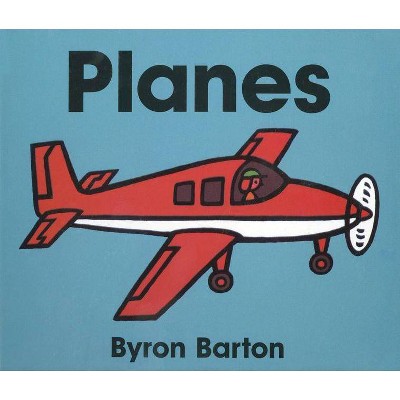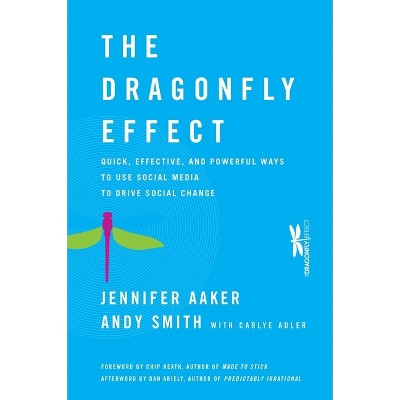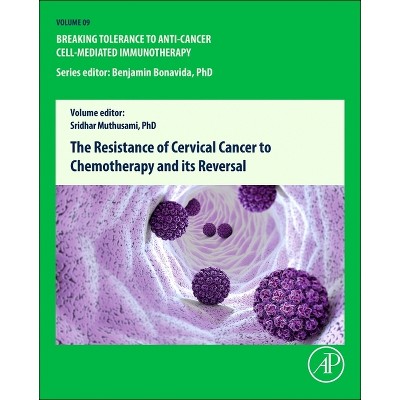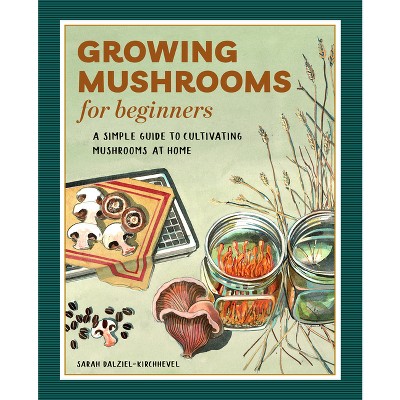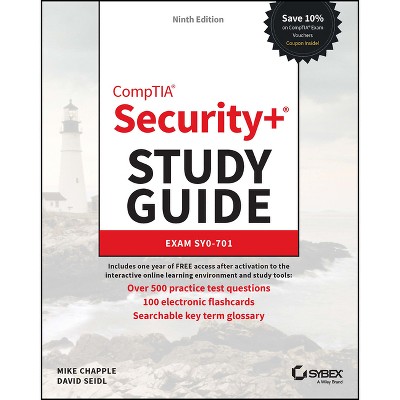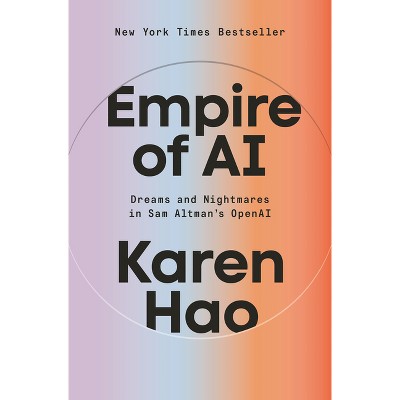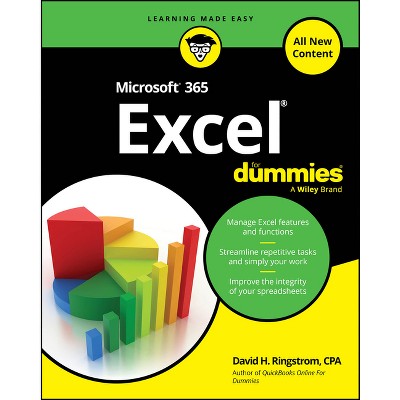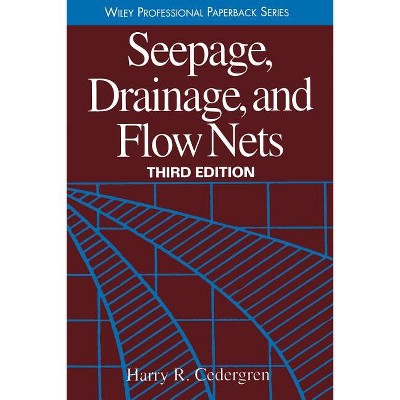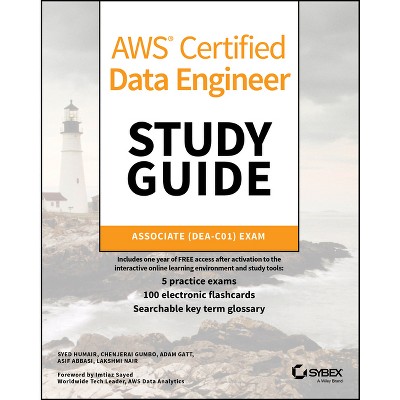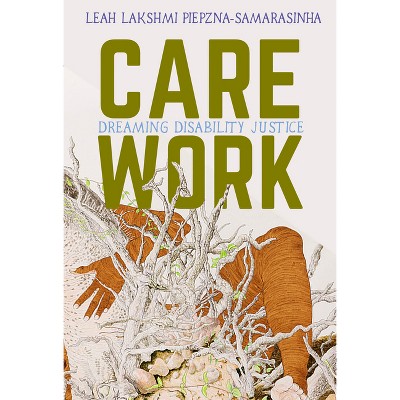Sponsored

Seepage in Soils - by Lakshmi N Reddi (Hardcover)
In Stock
Sponsored
About this item
Highlights
- Up-to-date coverage of fundamental seepage principles, closed-form solutions, and applications Seepage in Soils combines a broad range of applications with rigorous quantitative skills to give insight into the fundamental principles and mathematical solutions of seepage.
- About the Author: LAKSHMI N. REDDI, PhD, PE, is Professor and Head of Civil Engineering at Kansas State University in Manhattan, Kansas.
- 416 Pages
- Technology, Civil
Description
Book Synopsis
Up-to-date coverage of fundamental seepage principles, closed-form solutions, and applicationsSeepage in Soils combines a broad range of applications with rigorous quantitative skills to give insight into the fundamental principles and mathematical solutions of seepage. A wealth of closed-form analytical solutions are provided to solve a variety of problems, minimizing the use of computer software and numerical models.
Completely up to date with coverage of new developments in separators, filters, and geosynthetics, this textbook includes exercises in seepage quantification, seepage forces, and dewatering. Complete coverage is useful in all subdivisions of civil engineering. Material is divided into three modules:
* Principles and mathematical solutions
* Filters and drainage layers
* Applications
Only a nominal background in mathematics and soil mechanics is required for Seepage in Soils to serve as an invaluable resource for civil engineering students across many subdisciplines. In addition, it serves as a useful reference for geotechnical, environmental, and structural engineers, hydrologists, geologists, agronomists, and soil scientists.
From the Back Cover
Up-to-date coverage of fundamental seepage principles, closed-form solutions, and applicationsSeepage in Soils combines a broad range of applications with rigorous quantitative skills to give insight into the fundamental principles and mathematical solutions of seepage. A wealth of closed-form analytical solutions are provided to solve a variety of problems, minimizing the use of computer software and numerical models.
Completely up to date with coverage of new developments in separators, filters, and geosynthetics, this textbook includes exercises in seepage quantification, seepage forces, and dewatering. Complete coverage is useful in all subdivisions of civil engineering. Material is divided into three modules:
- Principles and mathematical solutions
- Filters and drainage layers
- Applications
Only a nominal background in mathematics and soil mechanics is required for Seepage in Soils to serve as an invaluable resource for civil engineering students across many subdisciplines. In addition, it serves as a useful reference for geotechnical, environmental, and structural engineers, hydrologists, geologists, agronomists, and soil scientists.
Review Quotes
"A wealth of closed-form analytical solutions are provided to solve a variety of problems..." (CAB Abstracts)
"This book by Lakshmi Reddi is an excellent blend of applications and mathematical derivations." (Vadose Zone Journal, Vol. 3, No. 2; May 2004)
"The book has all prerequisites to become a must-have source for civil and agricultural engineers." (Soil Science, Vol.169, No.4; April 2004)
About the Author
LAKSHMI N. REDDI, PhD, PE, is Professor and Head of Civil Engineering at Kansas State University in Manhattan, Kansas. He coauthored Geoenvironmental Engineering, and has authored numerous journal articles in geotechnical and geoenvironmental engineering.Shipping details
Return details
Trending Computers & Technology Books
